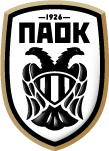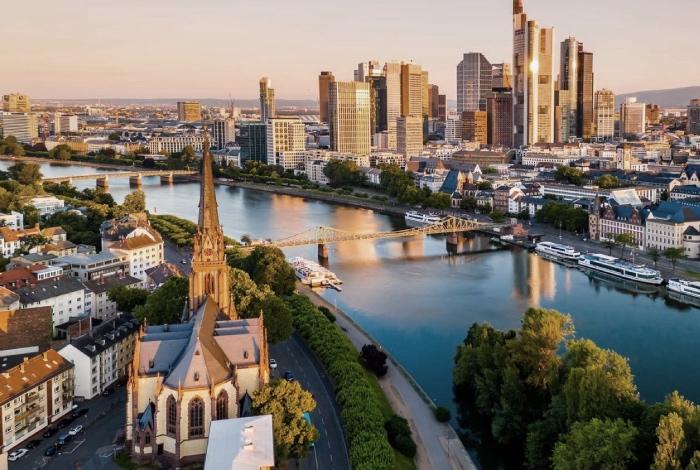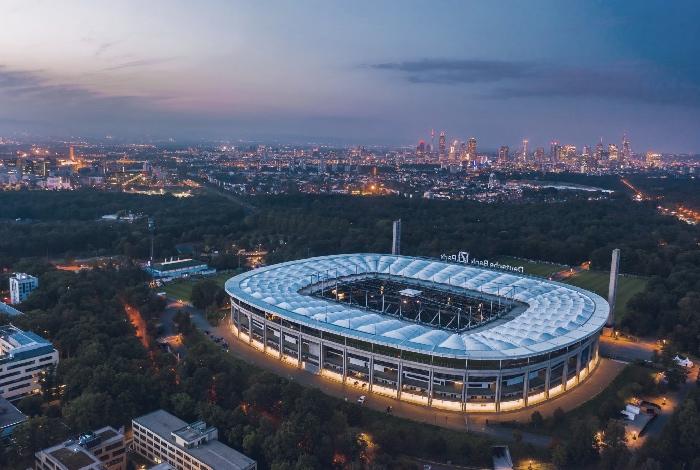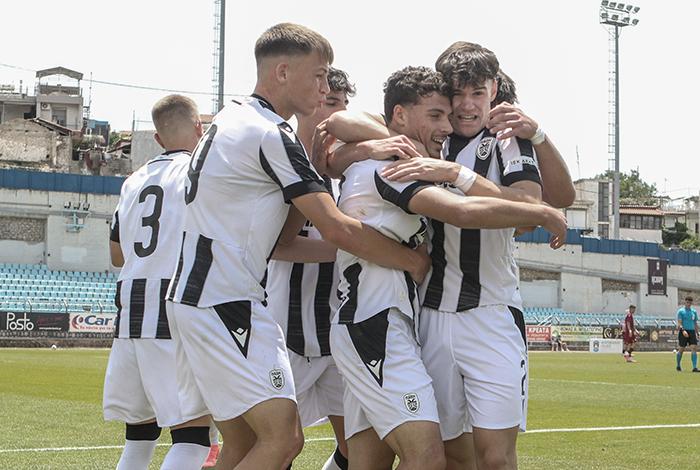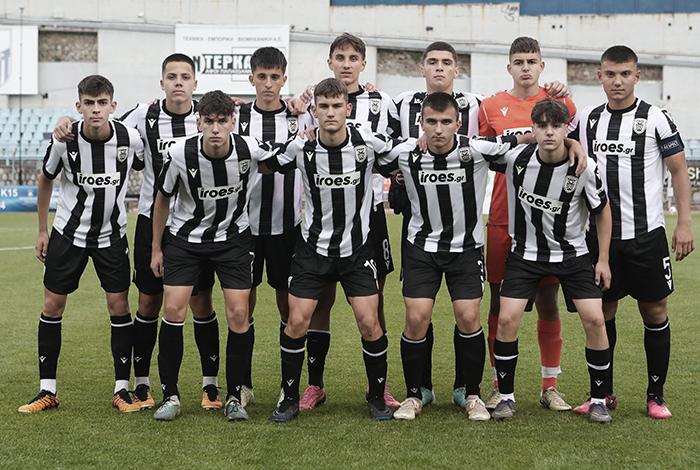The Manhattan of Germany
Once Germany’s largest medieval city and birthplace of great poets, philosophers and composers such as Goethe and Schopenauer and now the so-called German …Manhattan, Frankfurt is a charming city of contrasts. Banks, business giants and large shopping centers are based there, without, however, making German culture and tradition fade into the background.
Obviously, a visit to the Old Town (Altstadt), on the Römerberg square, with the restored houses of the 15th and 16th centuries, which after the destruction of the Second World War, were reconstructed faithfully following their original plans, is mandatory.
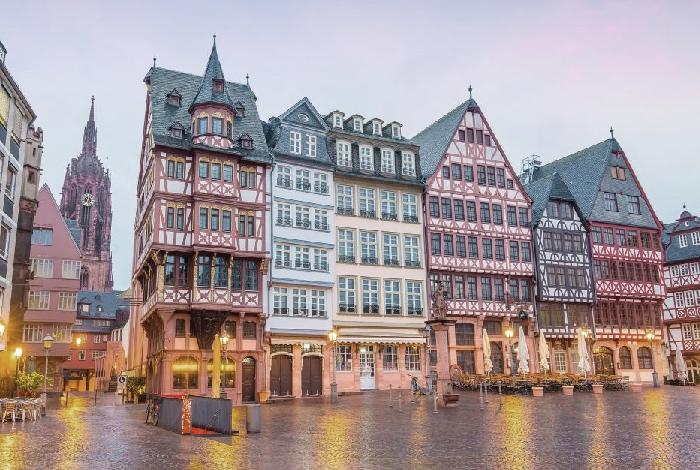
- If you want an unobstructed view of the city from a height of 187 meters, climb the Main Tower, Frankfurt’s tallest building (until the 1950s, Frankfurt’s tallest building was its cathedral). An even better idea is a meal with a view on the 53rd floor at the Main Tower Restaurant and Lounge.
- St. Bartholomew’s Stonnao (the city’s cathedral or otherwise the emperor’s cathedral), with its tower rising to 95 meters, ten imperial coronations have taken place between 1562 and 1792.
- 3,000 paintings, 600 sculptures, 4,000 photographs, works by Rembrandt, Monet, Picasso, Francis Bacon… the Städel Museum was founded in 1815 by the businessman and banker Johann Friedrich Städel and is the oldest museum in Germany.
- The impressive Römer building has been the seat of the city’s mayor since 1405.
- The Palmengarten botanical garden is home to over 13,000 different species of flora.
- The Goethehaus, the house where Goethe was born in 1749, was destroyed during the Second World War, but was rebuilt and can be visited now.
- In the church of St. Paul (Paulskirche) the first democratically elected parliament of Germany – the National Assembly – took place in 1848.
- In Frankfurt they drink cider – they prefer it to beer! – and they consider the green sauce Grüne Soße, served with boiled eggs and potatoes, a delicacy.
- From 27.11 to 21.12, the Frankfurt Christmas Market operates, one of the largest and most popular in all of Germany. The setting in St. Paul’s Square and in the center of the old town of Römerberg is, if nothing else, fairytale-like.
Deutsche Bank Park
Eintracht Frankfurt’s historic stadium – Waldstadion (1925–2005), Commerzbank-Arena (2005–2020) and now Deutsche Bank Park – built in 1925, renovated several times since then (1937, 1953, 1974, 2005), has a retractable roof , hosts 51,500 spectators in league matches and 48,500 spectators in international matches. It is one of the ten largest football stadiums in Germany, it combines a futuristic design with a lush green surrounding area, while watching a match there is definitely an experience not to be missed.
- It has hosted, among others, the World Cups of 1974 and 2006, the final of the UEFA Cup in 1980, the Confederations Cup of 2005 and the Women’s World Cup of 2011. It will also be one of the stadiums of EURO 2024.
- The first iteration of the stadium opened its doors on May 21, 1925, after four years of construction. Its total cost was 3.7 million marks (equivalent to 14 million euros today). It had a capacity of 35,000 spectators and in 1937 it was increased to 55,000. Only the tribune on the north side was made of reinforced concrete and had a facade modeled on an ancient Greek theater.
- It is built on a former military shooting range.
- The first major event it hosted was the German football league final on 7 June 1925, when Nürnberg defeated local side FSV Frankfurt 1-0.
- The first major changes to the stadium came after a match between Eintracht Frankfurt and Nürnberg in 1953. Almost 70,000 tickets were sold in a stadium that could hold 55,000 spectators, resulting in at least 200 fans being injured when they tried to enter the stadium.
- The renovated and enlarged Waldstadion reopened on 14 May 1955 after 19 months of construction work. The first Bundesliga match at this stadium took place on 24 August 1963 (1–1 draw with Kaiserslautern).
- It hosted the heavyweight boxing match between Muhammad Ali and Carl Mildenberger on September 10, 1966, which Ali won by knockout in the 12th round in front of 22,000 spectators.
- The second major renovation of the Waldstadion took place for the 1974 World Cup. The opening ceremony was also held there.
- In 1978 the drainage works were improved and the turf became heated.
- The stadium is also occasionally used as an alternative venue for other teams’ home games, such as Mainz, while the Turkish Football Association has also used it. It was where Besiktas won the Turkish Super Cup 1–0 over Galatasaray, and where the Turkish national team’s EURO 2008 qualifiers were also played.
- Since 2008, the stadium has hosted the final of the German Cup and the German Football League Cup final. The sports complex, in addition to the main stadium, includes a swimming pool, tennis courts, beach volleyball and a winter sports hall.
- The stadium has its own railway station, named Frankfurt Stadion, on the national railway network.
